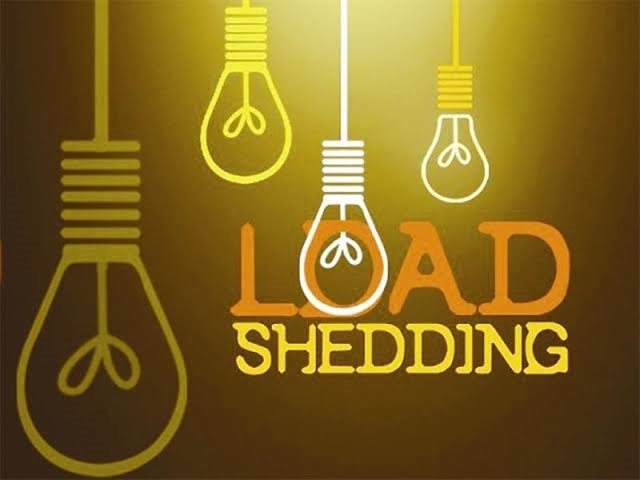The Impact of Load Shedding!
Posted by admin No Comments on The Impact of Load Shedding! Electricity
The Impact of Load Shedding!
Leverage agile frameworks to provide a robust synopsis for high level Load-shedding is just the tip of the iceberg when discussing bad power. We talk about the inconvenience of no power (blackout), but associated with this are other conditions causing damage and destruction to electrical and electronic equipment. Poor maintenance and management of the distribution infrastructure results in load shedding, black outs (planned and unplanned), spikes and surges, power-back surges, over (high) and under (low) voltage, loss of neutral. Load-shedding refers to the planned reduction of the country’s demand on a limited supply of electricity. The motivation is to “avoid the total shutdown of the grid”.
But, to the general consumer we may appreciate it more when understanding that rather than the entire country receiving low (under) voltage (also known as ‘brown out’), those who are being supplied with power are receiving the ideal nominal voltage (220-230 V). South Africans traditionally understood the need for an Uninterruptible Power Supply (UPS) during those intermitted ‘black-outs’ and, for those with more drawn out power failures, the traditional solution was the generator.
Now with escalating running costs of generators and the need for seamless continual power supply to essential loads, the demand for larger battery back-up (UPS) systems involving Inverters is coming to the fore. The rapid increase in the cost of mains power is resulting in alternative energy supplies such as wind and solar (photovoltaic) becoming popular. We are not talking IPPs (Independent Power Producers), planning to supply the national grid, but private companies supplementing their daytime consumption with solar, and households adding solar to their grid tied Inverter-type back up power.
Power-back surges happen hand in hand with power cuts. When power is reconnected, it is usually accompanied by a surge which can be quite high and result in severe damage. Delaying the start-up and monitoring supply until it is safe is critical. The Sollatek AVS range protects against this event. High voltage (also known as voltage swell or surge) – this is a sustained high level of voltage to typically >250V and up to 300+. This could be catastrophic if the voltage rises very high, very quickly. Here we would recommend using the Sollatek AVS range of products which will disconnect the power until it returns to normal. Low voltage generally happens when the grid is overloaded, and you get excessive voltage drop on the distribution network. Sollatek’s AVS range protects equipment, or where this is an irritatingly frequent occurrence Sollatek’s voltage stabiliser would keep equipment working safer, for longer. Loss of neutral happens due to an accident or sabotage.
This results in the single-phase voltage rising to the three-phase level. Instead of getting a stable 230 V, the equipment will experience up to 415 V continuously, a common and serious event. The Sollatek AVS30 would protect against this.
- Tags :electricity
- news










